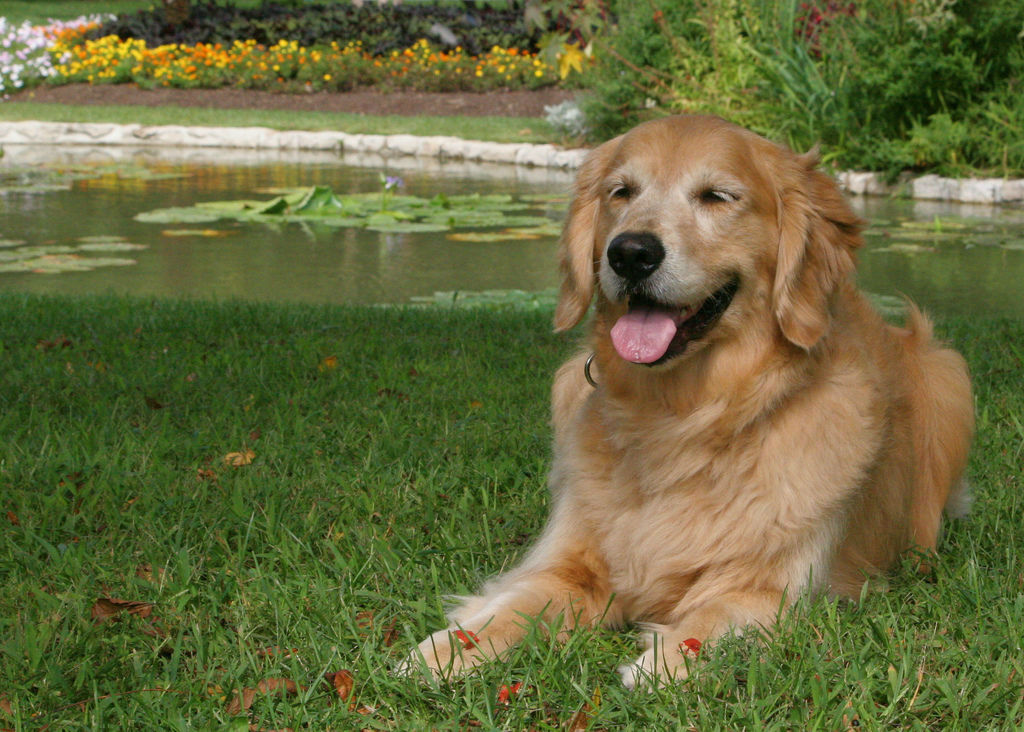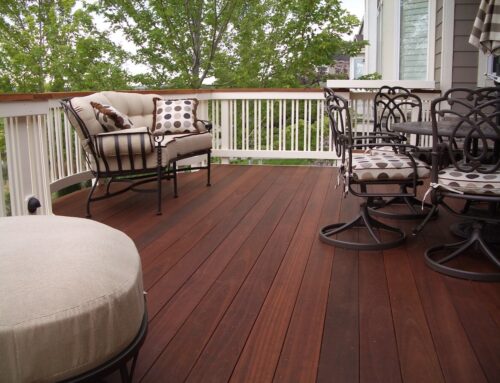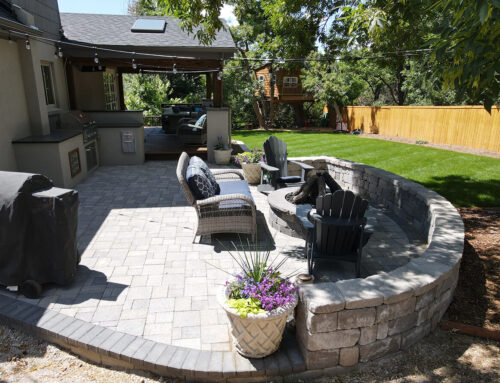They shed, yet we love them. They often suffer “doggie breath,” but it doesn’t matter. If you’re like most pet parents, there is no truer saying than that dogs are man’s best friend. No wonder. Dogs (or any furry pet) can help lower your blood pressure, calm your anxiety, and even help get you dates.
So why not take your doggie-caregiver relationship to the next level? Now is a great time to head out to your back yard and enjoy some quality training time with Champ.
We spoke with Ted Terroux of Terroux Dog Training recently to get some tips and tricks for working well with your dog.
First, the notion that you can’t “teach an old dog new tricks” is, “a complete fallacy,” said Ted. “We recently had two older dogs, perhaps 10 and 12, complete our basic training program successfully. Their owners had adopted them later in life. It took a little longer, but they still learned their stuff.”
Training Starts With Reward Management
One of the keys to training your dog is to have good rewards. Ted recommends these five ways to show your dog you are proud of the work she’s doing in your training session:
- Doggie Treats – these are great for food-motivated dogs, but Ted recommends phasing them out quickly.
- Petting and scratching – Most dogs like being rubbed on the chest, shoulders and neck, but be sure to let them approach you, so the experience is non-threatening and fun for you both.
- Use a high-pitched voice – If you like imitating Micky Mouse, your dog may love you all the more. Baby talk is fine as well. Dogs tend to interpret these high sounds as indications of excitement, friendliness, and even appeasement.
- Play time with a favorite toy – Need we really say more?
- Special Activities – Have you ever had to ask your dog twice if she wants to go in the car? Perhaps you have access to a pond or pool where he can take a swim, or simply step out the backdoor and play a game of fetch. Ted says all of these things will keep your dog motivated and happy.
Using Appropriate Leads And Collars
Just as with child rearing, corporal punishment or carrot-and-stick training is not often used any more. Depending on the level of attention and cooperation, Ted recommends using a buckle and snap on collar with a 6′ lead for training out doors. You can use harsher equipment if the dog’s temperament requires it, but try the gentlest leads first.
“Half our students are successful with the buckle and snap on collar,” said Ted. If you’re going to work on distance commands, Ted says a long lead works better than the retractable leads.
Now That We’re Outside
Once you have the equipment and rewards organized, it’s time to get outside and enjoy working together with your pet.
“Some of the best things to work on outside, are behaviors that burn energy in a positive way, and build a great relationship with your dog,” said Ted. Here’s what he recommends:
- Two-Toy Fetch – This “game” reinforces some great lessons for your dog, like fetch, sits, drop, and down. Start with two toys your dog enjoys. Throw one and let him go after it. Don’t try to get that toy away from him, or you’ll end up with an unwanted game of keep-away, and the unintentional lesson that mom or dad may not be in charge. Instead, when Butch comes back in your vicinity, ignore him and his toy and become interested in the one you kept. When he drops the first toy, you can throw the second. You can add variations by requiring your dog to sit before you throw the other toy, drop his toy, or go down.
- Walk on a Loose Lead – Does your beauty pull you around on your walks? Is she in charge of where you go and which bush to mark on your “walks?” Try walking with a 6-foot lead, and when Lulu takes off in one direction, distract her by turning 180 degrees, giving numerous taps on the lead to get her attention on you. A tap is a small, quick, jerk used only to get your dog’s attention. Keep tapping until you have it. “Some people tap once and wait to see what the dog does,” said Ted. “This isn’t effective. Keep tapping until he or she does what you want.”
- Heal Exercise – This is similar to walking on a loose lead, except that your dog is required to walk in a specific place by your side. You’ll want to practice this at intersections, in parks with a lot of people around, or in walking by neighbors’ gardens who may not appreciate marking by your dog.
- Down/Stay – “By thoroughly training your dog in the down or stay commands, he or she learns self control, and to accept anything that’s going on around them,” said Ted. Practice this often and you’ll both have a happier time outside.
Avoid Teaching Your Dog Bad Behaviors
“My biggest concern as a dog trainer, is the accidental attack dog,” said Ted. He described how well meaning pet caregivers turn great dogs into attack dogs by accident.
“When a dog is left outside unsupervised for a long time, or in front of a big window, he will develop a level of aggression that’s inappropriate,” said Ted. “If people walk down the street in front of the yard, and your dog runs the fence to “chase” them, the dog thinks that she is protecting her yard and home.” He said that a good watchdog would stand in the middle of a yard and bark warnings. That is appropriate watchdog behavior.
But guard dogs take the responsibility of making decisions about how to protect their property and people. This may sound terrific, until you have welcome visitors who get bit. The aggressive behavior is a classic sign of an inappropriately socialized dog, and serious repercussions may follow.
“I would lose a third of my business if people trained and socialized their dogs well,” said Ted.
Meanwhile, once you’ve played with your dog for as little as five to ten minutes each day, it’s time for a break. And what better way to do this than to sit out on your deck, brush your good dog and share a nice drink of water?
(Photo by Crystal Rolfe)






Leave A Comment